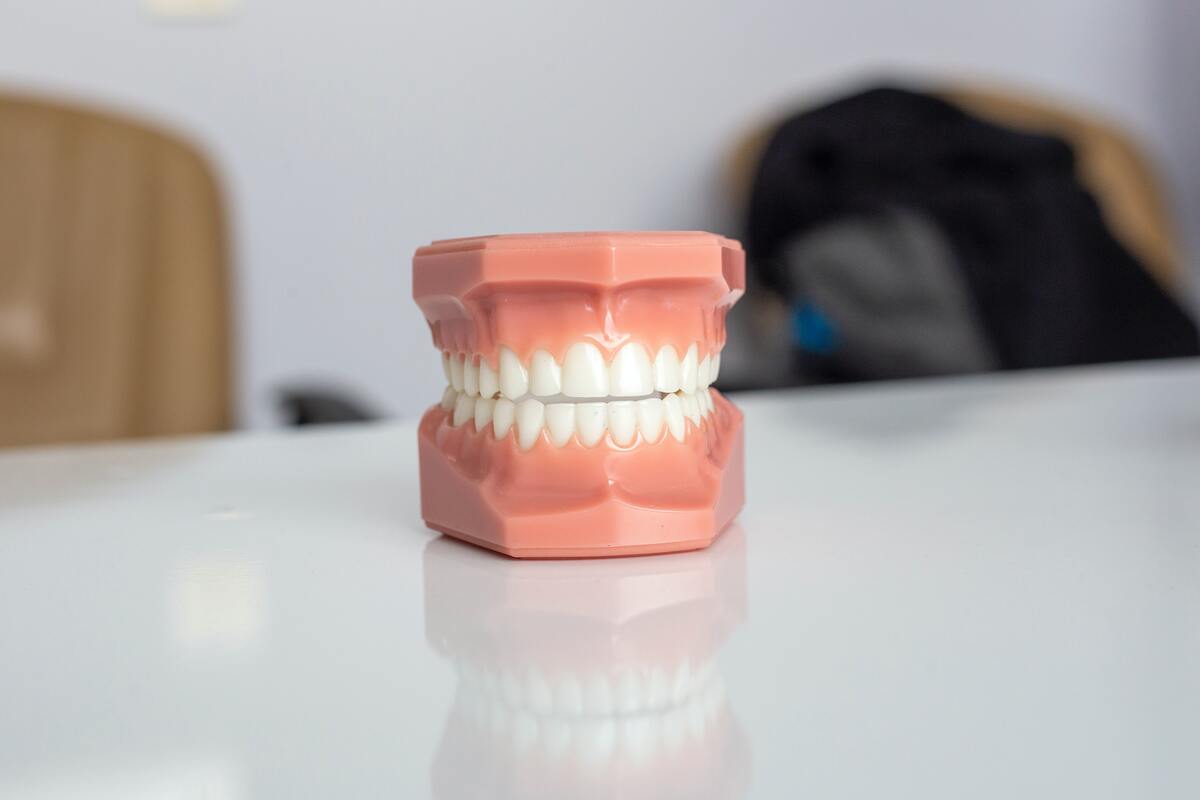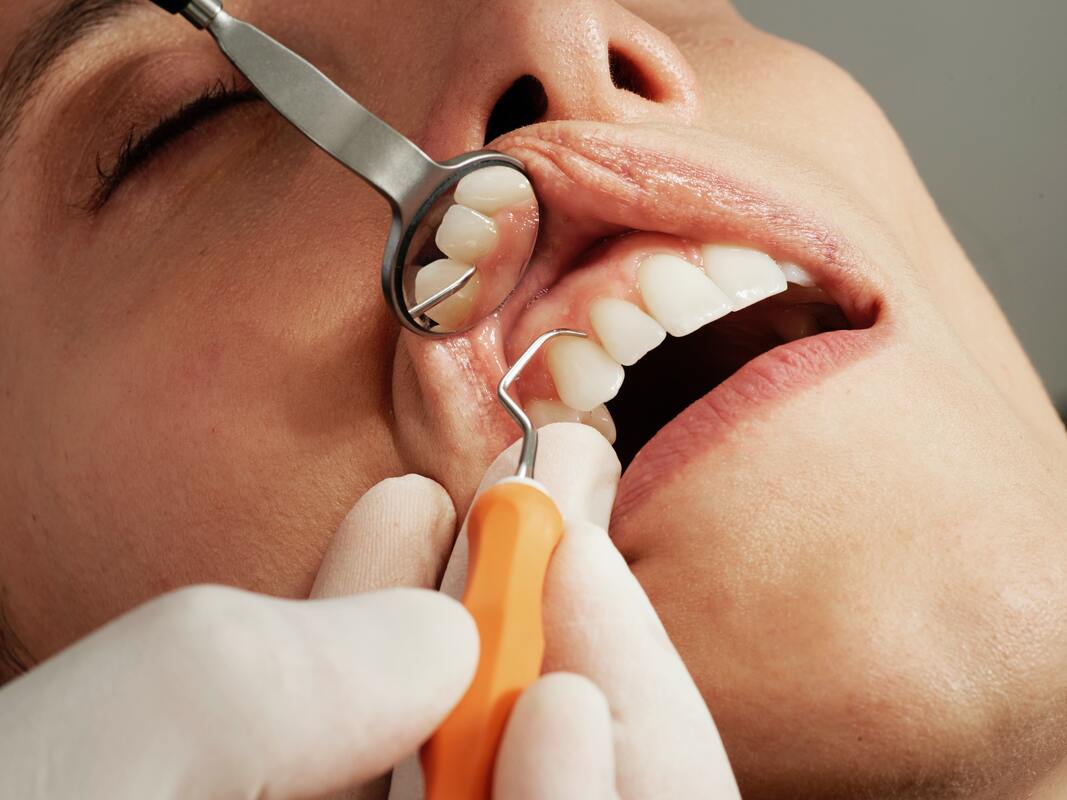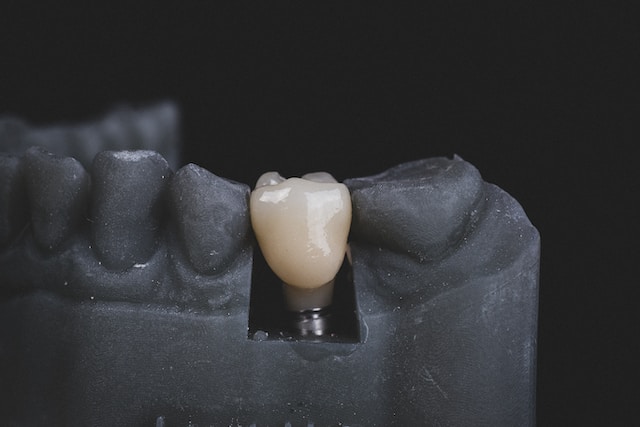
For patients who do not have missing teeth or an upcoming tooth extraction, it is understandable that they may question implants and their benefits, as the truth is, it is unlikely that they could benefit the patient’s current situation. However, for patients who have missing teeth or have an upcoming tooth extraction, replacement teeth could be a useful option for them to consider.
Restorative dentistry has changed since the introduction of dental implants Brentwood, which can provide a more long-lasting replacement and natural-looking solution to missing teeth. With correct care and good dental hygiene, these prosthetics may even last a lifetime.
So, what are they?

These prosthetics are made up of three key components.
Perhaps considered to be the main part of the prosthetics is the screw that is inserted. The titanium screw looks similar to an unassuming post or cylinder. During a short procedure, it is tapped or screwed gently into the jawbone. As an artificial tooth root, the implanted screw provides stability and support for the visible prosthetic tooth or teeth.
The implant and the visible portion (prosthetic tooth or teeth) are connected via a metal rod called the abutment. The abutment, which is often made of titanium, provides a safe attachment site for the prosthetic because it extends only slightly above the gumline. The abutment is connected to the implanted screw once it has fully fused with the jawbone.
The final portion of the implant is the visible portion – a prosthetic tooth or teeth, which is custom-made. The prosthetic can replace one lost tooth with a single crown, many missing teeth with a bridge, or all of the teeth with a complete arch denture. These should be close to the same colour, shape, and size as the patient’s original teeth. A smooth and natural-looking restoration is produced by the prosthetic’s secure attachment to the abutment, restoring appearance and functionality.
Treatment plan

A thorough generic treatment plan typically consists of the following steps:
The process starts with an initial consultation with a dental practitioner with knowledge about this form of tooth restoration. The dentist will assess the patient’s dental health, look at the jawbone structure and go over the patient’s objectives and goals at this appointment.
Following an evaluation, the dentist will design a unique treatment strategy. Creating a personalised prosthetic restoration may entail obtaining impressions or digital scans of the patient’s mouth and jawbone. The implantation appointment is arranged after the finalisation of the treatment plan. The dentist will carefully place the implants into the jawbone while the patient is under local anaesthesia or conscious sedation. The prescribed restoration and the patient’s particular needs will determine the quantity and location of implants.
Following the implantation of the screws, osseointegration must take place during a healing phase. The implants and jawbone fuse during this time, helping to promote integration and stability. Depending on the person’s capacity for healing, the length of the healing process can range from a few weeks to several months.
After osseointegration is complete, the dentist will expose the implants and install the abutments. The visible prosthetic is secured to the abutments after a brief healing period, concluding the procedure.
